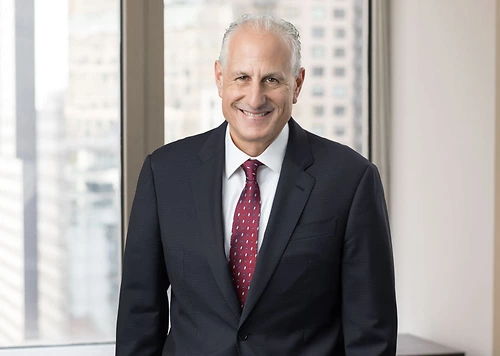On June 16, 2011, the Federal Communications Commission ("FCC") issued an Enforcement Advisory on cramming after announcing four Notices of Apparent Liability. The FCC issued the Enforcement Advisory to warn carriers that the agency will not tolerate cramming and to emphasize to all who might be involved in such activities that they may face very severe penalties. Then on June 20, 2011, FCC Chairman Julius Genachowski announced plans to propose new rules to increase transparency and disclosure on phone bills.
Underlying the Enforcement Advisory, the FCC announced that it was assessing penalties of $1.5 to $4.2 million per company based on the allegation that the carriers placed thousands of charges on consumer's phone bills without authorization. The NAL's are as follows: Cheap2Dial Tel., LLC, Notice of Apparent Liability for Forfeiture, FCC 11-90 (rel. June 16, 2011) ($3 million); Main Street Tel. Co., Notice of Apparent Liability for Forfeiture, FCC 11-89 (rel. June 16. 2011) ($4.2 million); Norristown Tel. Co., LLC, Notice of Apparent Liability for Forfeiture, FCC 11-88 (rel. June 16, 2011) ($1.5 million); VoiceNet Tel., LLC, Notice of Apparent Liability for Forfeiture, FCC 11-91 (rel. June 16, 2011).
The underlying conduct involved online Internet marketing for dial around (10-xxx) services. The FCC criticized the companies for their lack of sufficient validation and extremely low usage rates. An example of the FCC's findings follows:
Based on the record, we conclude that VoiceNet apparently has willfully and repeatedly placed, or caused to be placed, charges on complainants' telephone bills that they never authorized. The facts suggest that VoiceNet engaged in this conduct deliberately. To the extent it did not, we find that VoiceNet either knew, or reasonably should have known, through numerous customer inquiries and complaints that many of its customers had not authorized service and that the vast majority of them were not using its service - yet VoiceNet nevertheless proceeded to charge these consumers for months and sometimes years. VoiceNet's dismissive responses to the consumer complaints is further evidence that it apparently is deliberately billing consumers for services they did not authorize. Accordingly, we find that VoiceNet's cramming constitutes an unjust and unreasonable practice and demonstrates apparent willful and repeated violations of section 201(b) of the Act.
In these actions, FCC relied on Section 201(b) of the Communications Act, which mandates that "[a]ll charges, practices, classifications, and regulations for and in connection with [interstate and foreign] communication service [by wire or radio], shall be just and reasonable...." The FCC found the companies liable for including unauthorized charges and fees on consumers' phone bills as an "unjust and unreasonable" practice under section 201(b).
The FCC noted that both it and the FTC have jurisdiction to address cramming and that the agencies coordinate with each other. FCC stated that it has jurisdiction over carriers under the Communications Act; whereas FTC has jurisdiction under the FTC Act to address cramming by non-carriers.
Given the tremendous scrutiny companies that utilize LEC billing to bill for their services, the FCC's actions are yet another reminder of the importance of marketing compliance and thorough validation processes. In addition, those who utilize such billing methods will need to keep a close eye on the FCC's proposed regulations.
- Partner
Marketers, advertisers, agencies and suppliers, among others, regularly seek Andy’s counsel regarding legal aspects of their advertising and promotional marketing businesses. He’s pragmatic and always looks for ...

